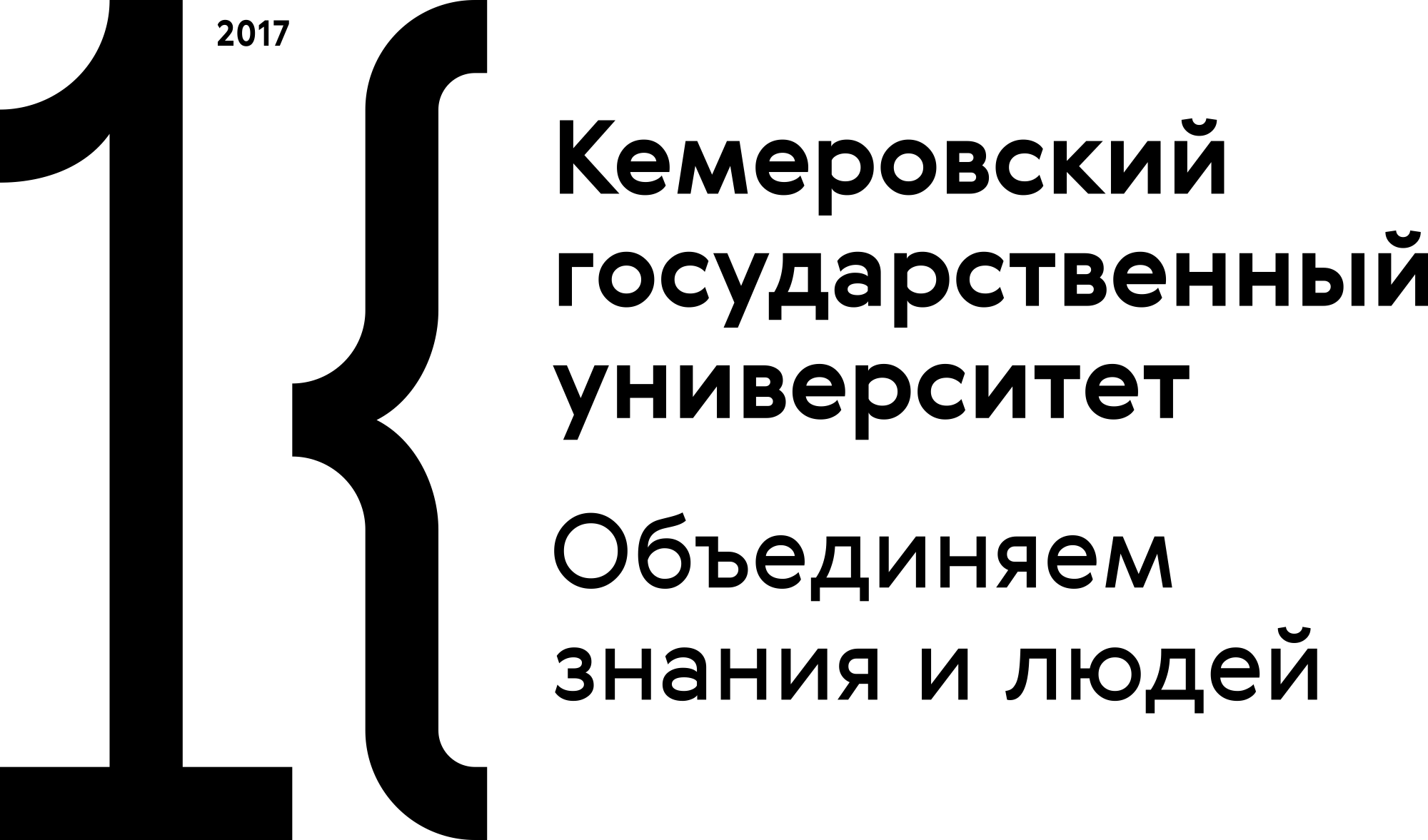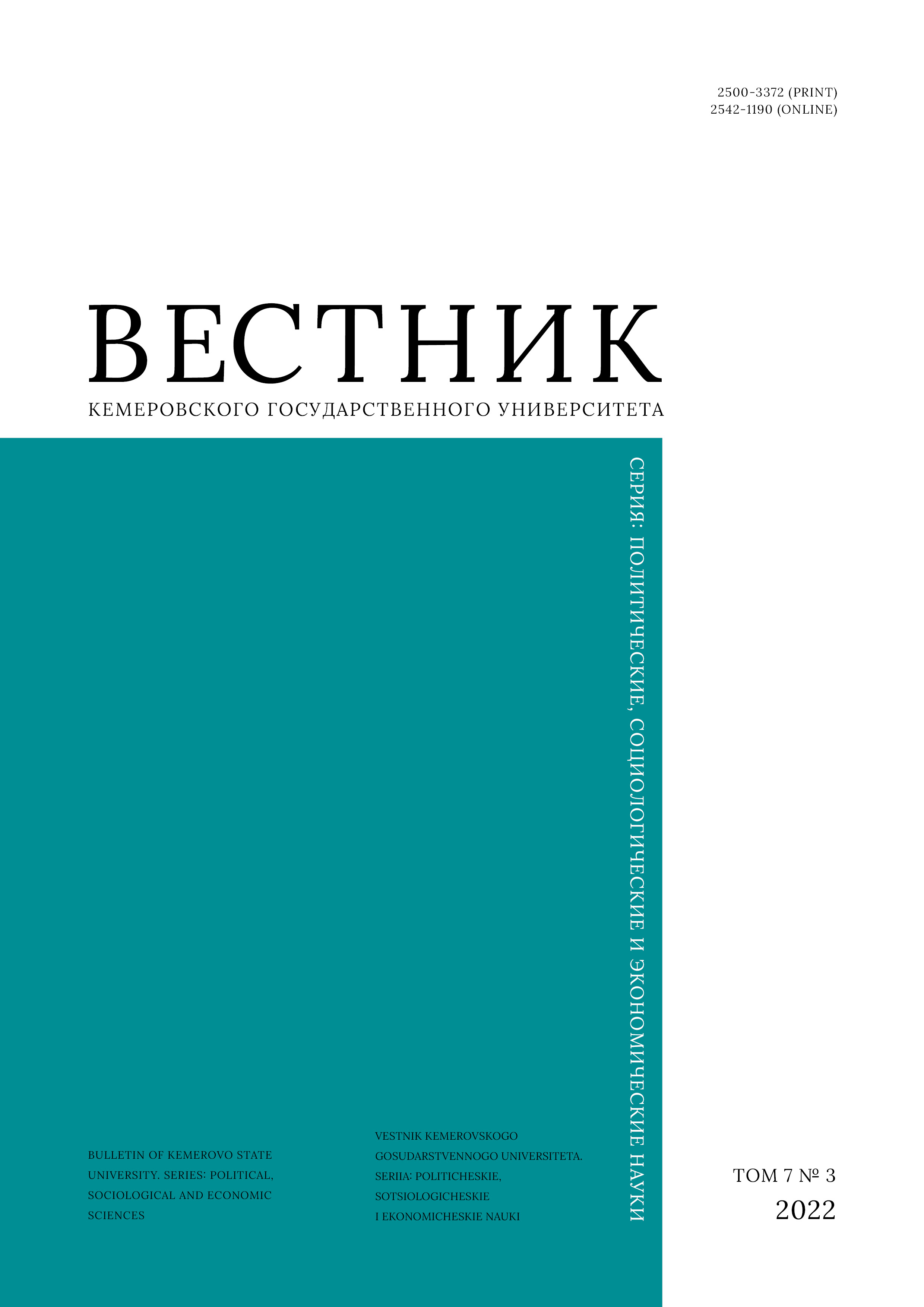Komsomolsk-on-Amur, Russian Federation
Komsomolsk-on-Amur, Russian Federation
Komsomolsk-on-Amur, Russian Federation
This article offers some recommendations on university budget planning based on an empirical study of cost distribution at various Russian universities. Russian universities appeared to allocate their budgetary funds by determining the average salary of the teaching staff. The authors developed some improvements for the existing academic staff payroll system to optimize the costs of the academic process. The teaching staff payroll should be based on the number of students and the share of the teaching staff payroll in the allocated state subsidy as part of the state assignment, which is non-regulatory today. The results obtained are of practical importance and can improve the financial and economic activities of universities, thus contributing to the transparency and efficiency of the financial resource distribution. Research prospects include further critical understanding of normative per capita financing principle as part of transition to university network cooperation.
normative per capita financing, teaching staff, payroll, a combined approach to the payroll of the university teaching staff, network cooperation of universities
1. Klimov A. A. Normative per capita financing of universities. Economics of education, 2007, (3): 22-27. (In Russ.)
2. Borovskaya M. A., Yastrebova O. K., Tsvetkova A. V., Mikhalkova E. E. Group subject-related standard costs as a key stage in funding reform in higher education. Vysshee obrazovanie v Rossii, 2012, (6): 3-14. (In Russ.)
3. Avetisyan I. A. The problems of financing of higher education in modern Russia. Economic and Social Changes: Facts, Trends, Forecast, 2013, (1): 94-106.
4. Peshchanskaya I. V., Khominich I. P. The risk of inefficient use of budget funds in the conditions of transition to per capita regulatory financing and strengthening the financial independence of universities. Vestnik of the Plekhanov Russian University of Economics, 2013, (9): 14-22. (In Russ.)
5. Guriev O. V. Financing educational institutions. Moscow: Laboratoriia knigi, 2009, 129.
6. Kavern I. V. Normative per capita financing of higher education. Sovetnik v sfere obrazovaniia, 2014, (2): 8-23. (In Russ.)
7. Rozina N. M., Zuev V. M. Per capita financing of higher education: concepts and realities. Vestnik Finansovogo universiteta, 2015, (3): 122-135. (In Russ.)
8. Bogomolova I. S., Borovskaya M. A., Zadorozhnyaya E. K. Improvement financial activities of universities. Fundamental research, 2015, (2-3): 538-542. (In Russ.)
9. Chernova E. G., Akhobadze T. D., Malova A. S., Saltan A. A. Higher education funding models and institutional effectiveness: empirical research of european experience and russian trends. Educational Studies Moscow, 2017, (3): 37-82. (In Russ.) https://doi.org/10.17323/1814-9545-2017-3-37-82
10. Dyachkova A. V., Kulikova L. I. Financing school: the search for the effective business model. Modern problems of science and education, 2019, (2). (In Russ.) URL: http://www.science-education.ru/ru/article/view?id=28762 (accessed 1 Feb 2021).
11. Rogova T. M. Problematic issues in higher education financing. Obrazovanie. Nauka. Nauchnye kadry, 2020, (4): 234-236. (In Russ.) https://doi.org/10.24411/2073-3305-2020-10245
12. Gukova A. V., Dorzhdeev A. V., Kizatova N. A., Losev A. G., Loseva N. V. A payroll generation model in relation to academic and teaching staff of higher educational institutions. Financial Analytics: Science and Experience, 2015, (46): 2-11. (In Russ.)
13. Yastrebova O. K. The development of the unit cost funding of higher education. Financial Journal, 2015, (1): 41- 51. (In Russ.)
14. Korolkov S. A., Losev A. G., Tarakanov V. V. Education programs management by education and finance plans implementation. University Management: Practice and Analysis, 2016, (4): 49-55. https://doi.org/10.15826/umj.2016.104.027 (In Russ.)
15. Losev A. G., Korolkov S. A., Tarakanov V. V. Model of financial support for the implementation of target indicators of efficiency of the university. University Management: Practice and Analysis, 2017, 21(6): 49-57. (In Russ.) https://doi.org/10.15826/umpa.2017.06.074
16. Vasyunina M. L. Financial support to higher schools: analysis of problems and development trends. Economic Analysis: Theory and Practice, 17(1): 116-130. (In Russ.) https://doi.org/10.24891/ea.17.1.116
17. Strebkov S. G. Vector of development of normative per capita financing of higher professional education in Russia. Bulletin NGIEI, 2020, (9): 54-72. (In Russ.) https://doi.org/10.24411/2227-9407-2020-10084
18. Neretina E. A. Networking as the basis of flexible dynamic development of universities. Vysshee obrazovanie v Rossii, 2013, (4): 128-133. (In Russ.)
19. Matiykin S. V., Krevskiy I. G. Forms and techniques of the networking collaboration of the universities and the real economy in education and innovation. Modern Problems of Science and Education, 2013, (6). (In Russ.) URL: https://science-education.ru/ru/article/view?id=11100 (accessed 1 Feb 2021).
20. Sukhristina A. S., Bezrukov A. N., Ziyatdinova Yu. N. Developing the networking model of regional universities. Modern problems of science and education, 2016, (4). (In Russ.) URL: https://science-education.ru/article/view?id=24928 (accessed 28 May 2021).
21. Dmitriev V. S., Ivanova V. S., Mertins K. V. Network form of educational process organization using e-learning. International Journal of Experimental Education, 2015, (7): 33-36. (In Russ.)
22. Malinauskas R. K., Pozeriene J. Academic motivation among traditional and online university students. European Journal of Contemporary Education, 2020, 9(3): 584-591. https://doi.org/10.13187/ejced.2020.3.584
23. Byankin A. S., Burdakova G. I., Babkin A. V. Strategies of digital transformations of higher educational institutions: Experience, methodological aspects of choice and implementation. Current problems and ways of industry development: equipment and technologies, eds. Shakirova O. G., Bashkov O. V., Khusainov A. A. Springer, Cham., 2021, vol. 200, 389-397. https://doi.org/10.1007/978-3-030-69421-0_42
24. Nagaev G. V., Kizil E. V. Possible ways to improve financial support of higher educational institutions. Scholarly Notes of Komsomolsk-na-Amure State Technical University, 2020, 2(1): 103-106. (In Russ.)
25. Korolkov S. A., Reshetnikova I. M., Tarakanov V. V. The model of financial calculations in the network form of educational programs implementation. Vestnik Volgogradskogo gosudarstvennogo universiteta. Seriya 3. Ekonomika. Ecologiya, 2014, (5): 99-107. (In Russ.) https://doi.org/10.15688/jvolsu3.2014.5.10
26. Rothkopf E. Z. Costs of asynchronous distance ventures. Economics of Education Review, 22(4): 439-443. https://doi.org/10.1016/S0272-7757(03)00029-3
27. Vilaseca J., Castillo-Merino D. Economic efficiency of e-learning in education: An industrial approach. Intangible Capital, 2008, 4(3): 191-211. http://dx.doi.org/10.3926/ic.88

















